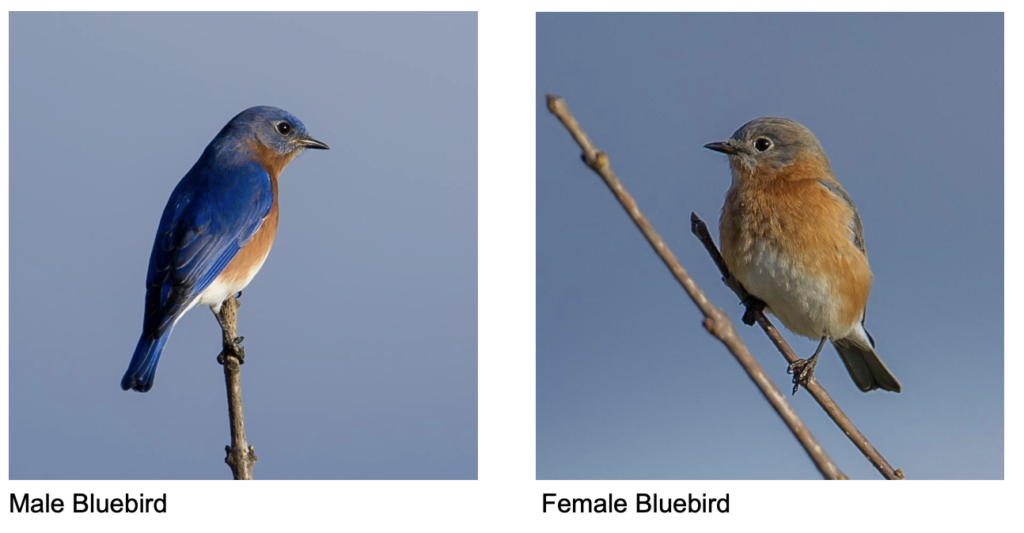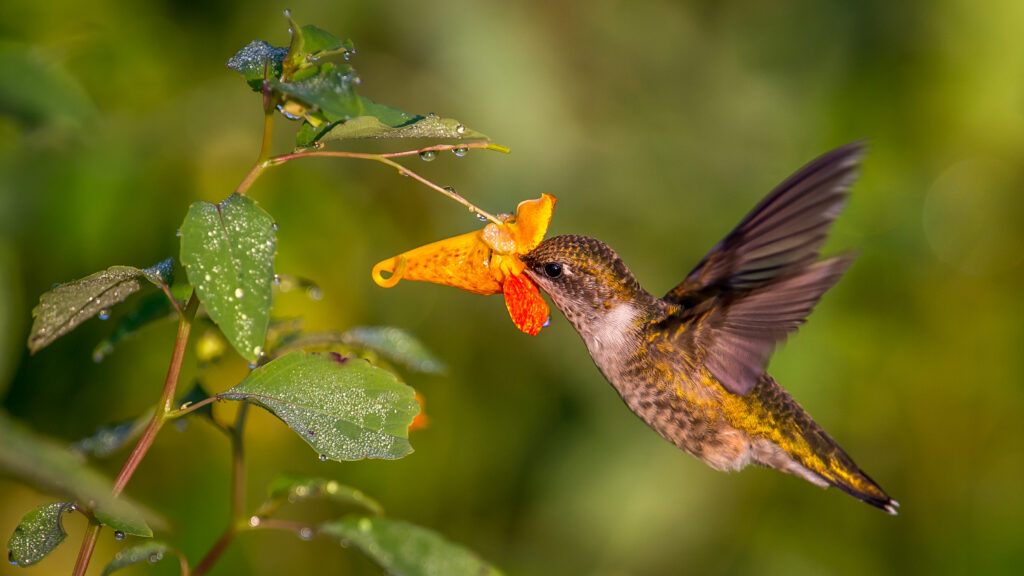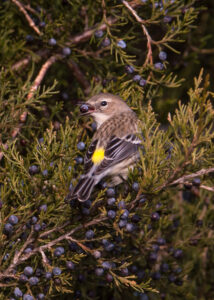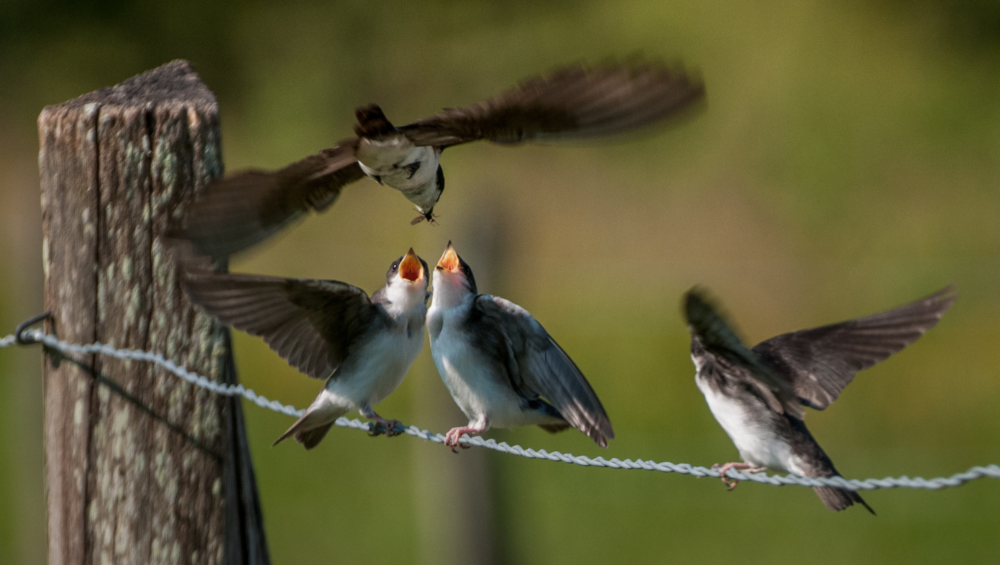Photography subjects are all around us. When you are a beginner, sometimes it can actually be overwhelming to decide what to start photographing. I, of course, focus on nature and wildlife photography. One of my favorite wildlife subjects is birds. I enjoy learning about them, the challenge of photographing them, and teaching others about them. In this Quick Tips blog, I will give some tips on getting started photographing our feathered friends.
There are many benefits of learning how to photograph birds. A few include
- Getting outside and enjoying nature
- Your subject is everywhere, even cities and your own backyard
- For birders, good photographs help with bird identification and documentation
- All ages can enjoy it
- Provides a fun challenge
How to Get Started
Begin by learning some basics about your subject. Knowing basic behaviors and characteristics will help you appreciate your subject more and help you to identify, locate, and photograph them.
Identification Help
Local year-round birds are easiest to start identifying and photographing. Migrating birds are fairly predictable, so you can learn the times of the year that various birds migrate through your area. Male birds are usually more easily identified because they are more colorful and vocal. Females and young males can look very similar.

There are many great tools available to begin identifying birds and to learn more about them. The Cornell Lab Merlin app is a free tool that I highly recommend. A good bird guide book is another excellent resource. Many are available including ones by Peterson, Sibley, Audubon, and National Geographic. As you become more involved in bird photography, you may also enjoy joining a birding and/or photography club or group. Research your area for Ornithological Societies, Camera Clubs, and Birding Social Media Groups.
Basic Behaviors
Learning basic behaviors such as what birds eat and their preferred habitats will help you draw them to your yard, know where to look for them on location, predict their behavior, and get better photos. Backyard bird feeders will attract different birds based on the types of feed and seed that you use. To attract many different birds, use a variety of seeds and use suet for woodpeckers. Consider planting trees, shrubs, and flowers to attract birds. Hummingbirds, for example, will be drawn to nectar producing flowers. While other types of birds will eat the seeds produced by flowering plants. All birds will benefit from having cover and nesting places in backyard plantings.

Some birds will feed predominantly on insects, and you can use this knowledge to get photographs of them catching a meal in flight or delivering an insect to their young as in the image below.

Other birds that feed on berries will be found in trees and shrubs. So, looking for likely food sources can result in great photos of them eating colorful berries.

Gear to Get Started
As you get started photographing birds, you will need some basic gear. A good pair of binoculars tops the list of recommended gear. There are many brands available. Look for good quality 8×42 binoculars. Binoculars will help you find and identify the birds that you want to photograph.
As with binoculars there are many camera brands available. Look for a digital (DSLR) camera from a respected manufacturer such as Canon, Nikon, Sony, Fuji, Panasonic. You will want a camera and lenses with vibration reduction (VR) and image stabilization (IS) capabilities. A good birding lens would be a 200mm or higher. Zooms are very versatile and can be used, also. Other equipment that will be handy is a tripod and a monopod with a Gimbal tripod head.
Photographing
Bird photography is fun and challenging. You are frequently photographing a moving subject that at times is quite small and in variable lighting. Below are some tips to follow as you practice photographing birds. Keep in mind that the key to progress is practice. Since birds are in nearly every environment, you can practice regularly even if it is in your backyard or a nearby city park. As you practice, the techniques become habit, and as you adventure into different settings to photograph birds your results will be better and better.
Photography Tips:
- Practice looking back and forth from camera to subject with your naked eye
- Practice panning (moving camera/lens the same speed as the subject) as you photograph the moving subject
- Study bird habits to anticipate their movements to capture action shots
- Be prepared – try to position yourself with better lighting such as sun behind you to help your images show better detail and color
- Shoot flying subjects as they are coming slightly toward you (not flying away)
- For static subjects shoot at lowest F Stop (f/2.8-f/5.6) and speeds equivalent to lens length (1/400-1/800)
- For moving subjects shoot at a higher F Stop (f/6.3-f/8) and higher speeds (1/800-1/1600)
- Use your lowest ISO possible for best results
- Use single point Autofocus for static subjects
- Use small group Autofocus for flying subjects
In conclusion, learning bird photography is a fun and challenging hobby that anyone can get started doing. Download a bird app such as Merlin by Cornel Lab to your phone and begin identifying the birds in your neighborhood. Improve your yard with feeders and simple plantings to encourage birds, and you will be able to easily practice your photography in your backyard. Get started with some basic camera gear and binoculars. Soon you will find yourself enjoying your bird photography as much as I do.
